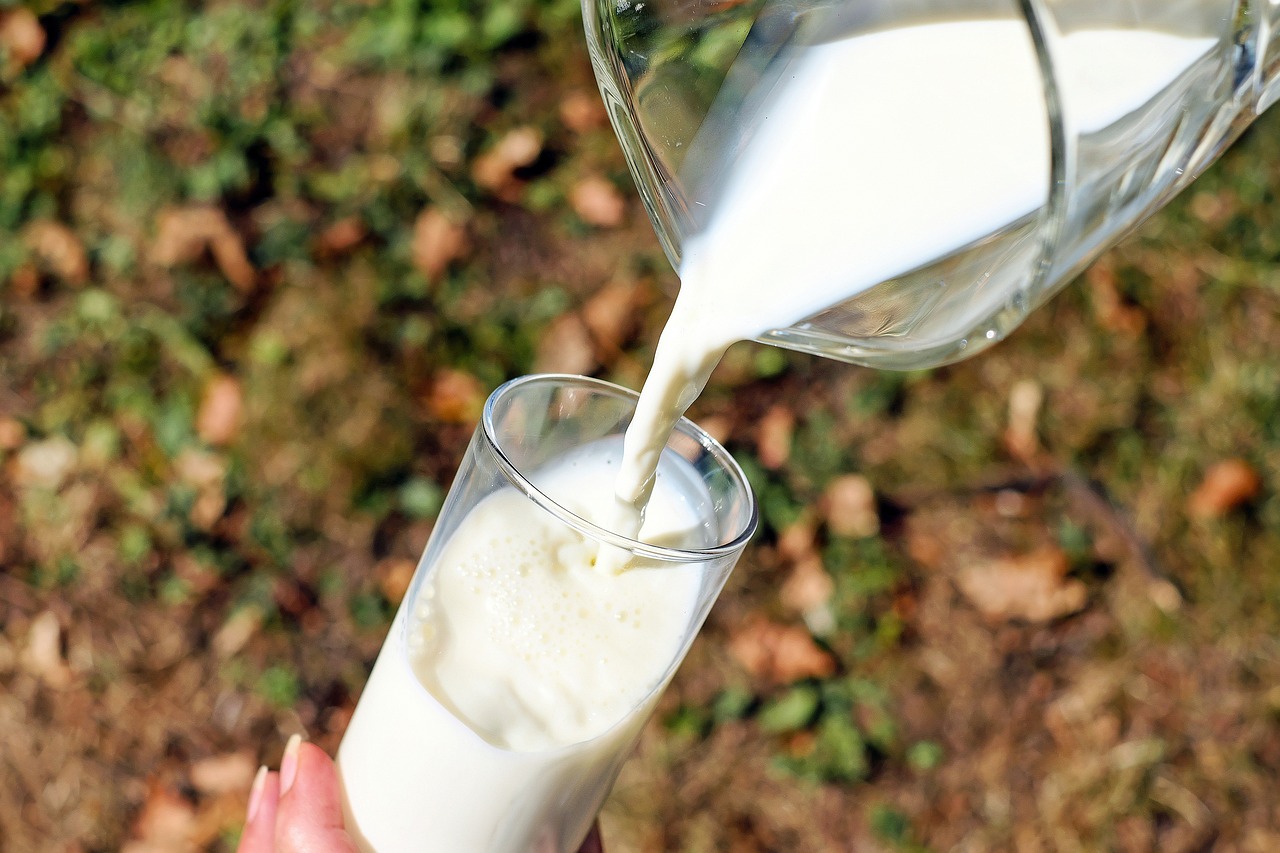
Milk
Geneva: There have been reports that the A(H5N1) virus has spread from dairy cattle premises back into nearby poultry premises, although the exact transmission route(s) remains currently unknown.
According to a joint preliminary assessment of recent influenza A(H5N1) viruses by the World Health Organization (WHO), the Food and Agriculture Organization of the United Nations and the World Organisation for Animal Health (WOAH), at present, the frequency of cattle-to-bird transmission is unknown. Poultry remains at risk from the continued circulation and spillover of A(H5N1) viruses from wild birds. The A(H5N1) virus has been detected in cats found dead at or near some of the affected dairy herds and found to be the same A(H5N1) virus detected in cattle.
While the initial virus spillover was likely of wild bird origin based on available information, some later affected herds received cows from other affected herds. Current evidence from the USA indicates that lateral transmission among cattle likely occurred.
Thus far, the routes, modes of transmission, and duration of viral shedding in cows remain under investigation. High virus concentrations have been detected in milk from infected dairy cattle at levels greater than that seen in respiratory samples. The implications of this in terms of transmission are currently being investigated, as is the role of pasteurization in the inactivation of the virus.
In general, the World Health Organization (WHO) and the Food and Agriculture Organization of the United Nations “strongly” advised that people consume pasteurized, and not raw, milk.
As of April 20, 2024, WHO said there are no virus sequences from dairy cattle in the USA that have well-recognized markers of mammalian adaptation. In other mammals where markers of mammalian adaptation have been detected, they have most often been associated with changes in polymerase proteins and in association with infection of mammals. These mutations likely occurred rapidly after transmission to the mammalian host and currently, there is no evidence of their further transmission. Continuous monitoring is warranted to understand if these changes continue to occur or accumulate over time. Avian influenza A(H5N1) viruses, especially those of clade 2.3.4.4b, continue to diversify genetically and spread geographically.
Since the beginning of 2021, 28 detections of A(H5N1) in humans have been reported to WHO. Of these, where the HA clade is known (24 cases), 13 have been associated with clade 2.3.4.4b viruses. These cases have been reported to WHO from: China (one in 2022 and one in 2023), Chile (one in 2023), Ecuador (one in 2022), Spain (two in 2022), the United Kingdom of Great Britain and Northern Ireland (one in 2021 and four in 2023), and the United States of America (USA) (one in 2022 and one in 2024).
All A(H5N1) human cases reported in Europe and North America were asymptomatic or mild, with fatigue reported for the case detected in the USA in 2022 following exposure to infected poultry, and conjunctivitis for the case detected in 2024 following exposure to dairy cattle presumed infected with A(H5N1).13 Asymptomatic detections may represent contamination of the respiratory tract or infection. One case detected in China died while the other case was hospitalized with severe pneumonia. The cases in Chile and Ecuador had severe symptoms and recovered. All human cases, except for that in Chile, had exposure to infected animals either through participation in outbreak response activities or direct exposure to infected animals in farms, backyard holdings or live bird market environments. The most plausible route of transmission of the case from Chile was through environmental exposure, given the large number of deaths in marine mammals and wild birds that were found in the area close to the patient’s residence.
It may be mentioned that during 2020, highly pathogenic avian influenza (HPAI) A(H5N1) clade 2.3.4.4b viruses arose from previously circulating influenza A(H5Nx) viruses and spread predominantly via migratory birds to many parts of Africa, Asia and Europe. The epizootic led to unprecedented numbers of deaths in wild birds and caused outbreaks in domestic poultry. In late 2021, these viruses crossed to North America and subsequently South America in October 2022. Additionally, globally, there have been increased detections of A(H5N1) viruses in non-avian species including wild and domestic (including companion and farmed) terrestrial and marine mammals and, more recently in goats and dairy cattle in the United States of America.
The risk of avian influenza is evolving with the virus and needs real-time monitoring. WHO and partners today asked countries to rapidly share information to enable this.
Based on available information, WHO assesses the current overall public health risk posed by A(H5N1) to be low, and for those with exposure to infected birds or animals or contaminated environments, the risk of infection is considered low to moderate. “This may change as we learn more,” WHO stated.
– global bihari bureau





